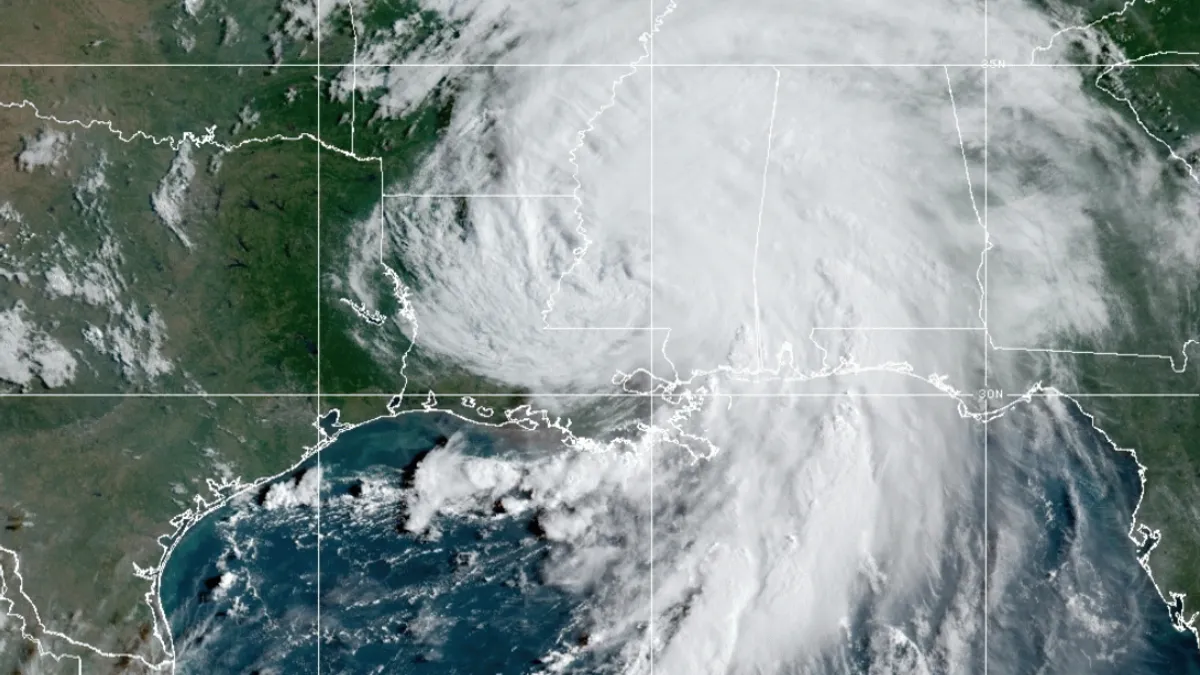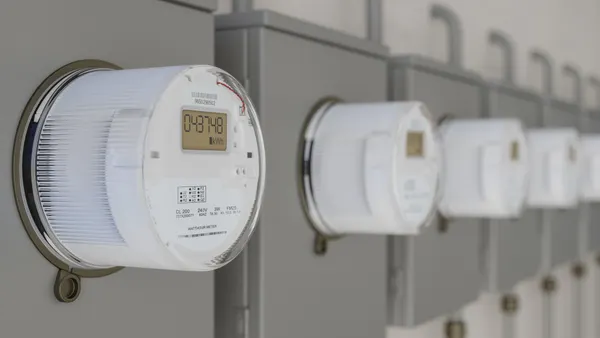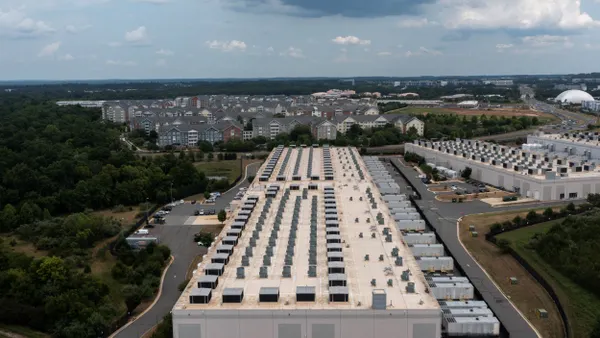Dive Brief:
- The New Jersey Board of Public Utilities on Wednesday authorized Public Service Electric & Gas to spend $511 million on a four-year grid modernization program that will upgrade electric substations, gas metering infrastructure and improve reliability for residential customers.
- PSE&G said its Infrastructure Advancement Program includes $234 million for upgrades to the “last mile” of the distribution system, to boost residential reliability in the face of “increasingly severe storms” the utility’s service territory is experiencing.
- PSE&G says it is preparing for what could be a “very active hurricane season” this year, but the $4.8 billion in grid investments made or in progress since Superstorm Sandy in 2012 have already increased system resiliency.
Dive Insight:
PSE&G was recognized by the Edison Electric Institute last week for its reliability improvements. More than 2 million customers lost power during Sandy — but when Tropical Storm Ida flooded the utility’s territory last year, only 215,000 customers went dark.
The investments that PSE&G began a decade ago are helping keep the lights on, said Kim Hanemann, PSE&G president and chief operating officer.
“Continuing these investments to protect our customers from the extreme weather caused by climate change is fundamental to our Powering Progress vision,” Hanemann said June 21 at EEI’s annual leadership forum.
The BPU on Wednesday authorized the utility to continue those investments and fast track grid upgrades, particularly along the last mile of its distribution system. The infrastructure program “continues PSE&G's work to update its distribution systems to make them more reliable, and resilient to increasingly severe storms,” the utility said in a statement.
PSE&G said its new Infrastructure Advancement Program includes modernizing electric circuits, upgrades to five electric substations and four gas metering and regulating stations, and $234 million in improvements to residential areas of the grid.
A typical gas and electric residential customer will see bills go up $1.50 per month, or about 0.75%, in 2026, the utility said.
PSE&G’s plan had support from the NJ Alliance for Action, a non-partisan and non-profit business development association.
The utility will execute “needed improvements to its electric distribution system and its most aged electric stations,” William Healey, special advisor to Alliance President Gerald Keenan, said in testimony filed with the BPU last month. And the group pointed out how upgrades would facilitate adoption of electric vehicles by consumers and businesses.
PSE&G’s infrastructure program “is the next step forward in our efforts to meet our customers' changing needs," Hanemann said in a statement.
"Homes now are more important than ever to people's daily lives, playing the added roles of offices, entertainment centers, classrooms, and even fueling stations for electric vehicles,” Hanemann said. “Meanwhile, businesses increasingly rely on e-commerce and electronic devices, and many are considering providing charging stations for their EV-driving customers and employees.”
In 2021, the BPU authorized PSE&G to spend $166 million on electric vehicle charging infrastructure through a six-year make-ready program. The utility will upgrade its distribution system to support charger installation, pay for some customer installation costs, and expects the program to support the installation of 40,000 residential chargers, 3,500 commercial chargers, and 1,000 fast chargers.














